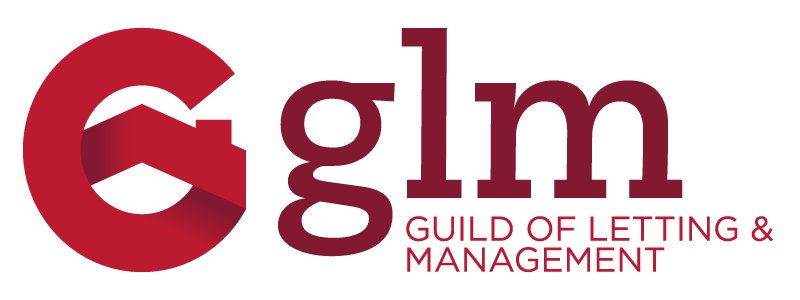Think about the Needs of Your Learners
 Training can be considered pretty easy by some . "Chalk & Talk", "Stand & Deliver", "Those that can't, teach" - a few of the phrases that spring to mind. Here is the thing - it's not that straightforward if you are serious about what you do.
Training can be considered pretty easy by some . "Chalk & Talk", "Stand & Deliver", "Those that can't, teach" - a few of the phrases that spring to mind. Here is the thing - it's not that straightforward if you are serious about what you do.
Pre-training preparation always involves some kind of plan or a "Scheme of Work", this gives the trainer an idea of the aims and objectives to be achieved during the training sessions. This includes delivery methods, activities, resources and most important of all, considering the needs of the learner.
Knowing your target audience is crucial for any trainer, regardless of the topic. Pitch the session too high and you will lose them, pitch it too low and they lose interest. Consider the "peaks and troughs" of concentration- the best time to deliver certain material would be best suited to the morning rather than the "graveyard shift" in the afternoon. It's like a performance- the presentation needs to be engaging, informative, useful, fun and unforgettable.

Working with adults is slightly different to working with children. The adults we work with fall into 2 categories - those who want to be there, those who have be sent. There are also the requirements that must be taken into consideration. Is any man present colour blind? Does anyone have any learning needs? Are there people in your group who may be anxious about giving a presentation? It's easy to think that adults don't need help or support, often they won't volunteer the information so it's important to guide them through the process.
Working with a diverse group of learners will always pose challenges, however, it is crucial to ensure that the learning experience is positive.
Susie Crolla CEO
